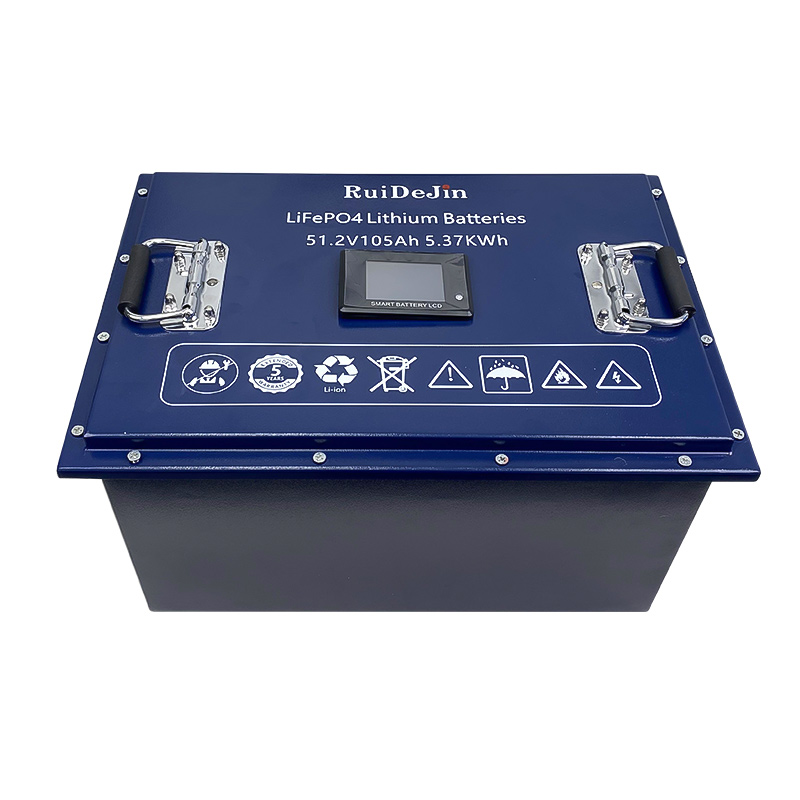According to a report from Huawei, on January 30th, Huawei held a press conference on the top ten trends in the 2024 charging network industry with the theme of “Where there is a way, there is high-quality charging”. At the press conference, Wang Zhiwu, President of Huawei’s Intelligent Charging Network field, stated that in the past three years, electric vehicles have continued to develop beyond expectations. In the next 10 years, the total number of electric vehicles will increase by at least 10 times, and the charging capacity will increase by at least 8 times. The imperfect construction of charging networks remains the first pain point of the entire electric vehicle industry. Building high-quality charging networks will accelerate the penetration of new energy vehicles and promote the prosperity of local industries and ecology.
Image source: Huawei
Trend One: High Quality Development
The four major paths for implementing high-quality development of charging networks in the future include unified planning and design at the top, unified technical standards at the bottom, unified government supervision, and a unified platform for user operation.
Trend 2: Comprehensive overcharging
With the increasing maturity of third-generation power semiconductors and high rate power batteries represented by silicon carbide and gallium nitride, electric vehicles are accelerating their development towards high-voltage overcharging. It is predicted that by 2028, the proportion of high-pressure and supercharged vehicle models will exceed 60%.
Trend Tripole Experience
The accelerated popularization of new energy vehicles has led private car owners to replace operating car owners as the main force, and the demand for charging has shifted from cost priority to experience priority.
Trend 4 Security and Trustworthiness
With the continuous penetration of new energy vehicles and the exponential explosion of industrial data, strong electricity security and network security will become more important. A safe and reliable charging network should have four major characteristics: privacy is not leaked, car owners are not electrocuted, vehicles are not on fire, and operations are not disrupted.
Trend Five Car Network Interaction
The “double randomness” of the power grid continues to strengthen, and the charging network will become an organic component of a new type of power system dominated by new energy. With the maturity of business models and technology, car network interaction will go through three important stages: from one-way order, gradually moving towards one-way response, and finally achieving two-way interaction.
Trend Six Power Pooling
The traditional integrated pile does not share power, which cannot solve the four uncertainties of charging, namely MAP uncertainty, SOC uncertainty, vehicle model uncertainty, and idle uncertainty, resulting in a charging utility rate of less than 10%. Therefore, the charging infrastructure will gradually move from an integrated pile architecture to power pooling to match the charging power requirements of different vehicle models and SOC. Through intelligent scheduling, it maximizes the satisfaction of the charging needs of all vehicle models, improves the utilization rate of electricity, saves station construction costs, and evolves with the vehicle in the long term.
Trend Seven Full Liquid Cooling Architecture
The current mainstream air-cooled or semi liquid cooled cooling mode for charging facility modules has a high failure rate, short lifespan, and greatly increases the maintenance cost for station operators. The charging infrastructure that adopts a fully liquid cooled cooling mode reduces the module’s annual failure efficiency to below 0.5%, with a lifespan of over 10 years. It does not require deployment scenarios and achieves wide coverage with lower operation and maintenance costs.
Trend 8 Slow Charging DC
The integration of park parking and charging is the core scenario of vehicle network interaction. In this scenario, there is sufficient time for vehicles to be connected to the network, which is the foundation for achieving vehicle network interaction. But there are two major flaws in the communication pile, one is that it cannot achieve grid interaction and does not support V2G evolution; Secondly, there is a lack of vehicle pile collaboration
Post time: Mar-06-2024


